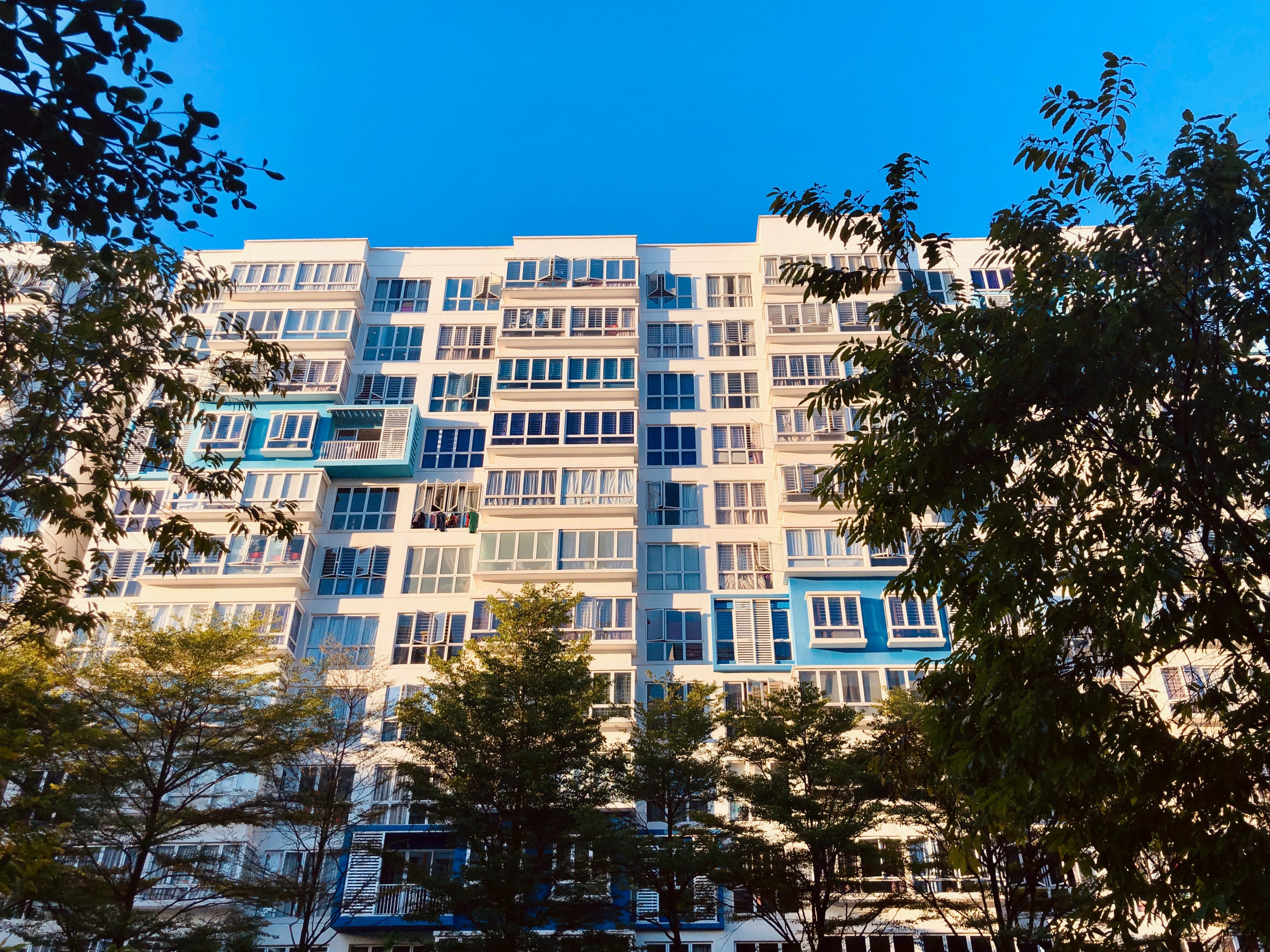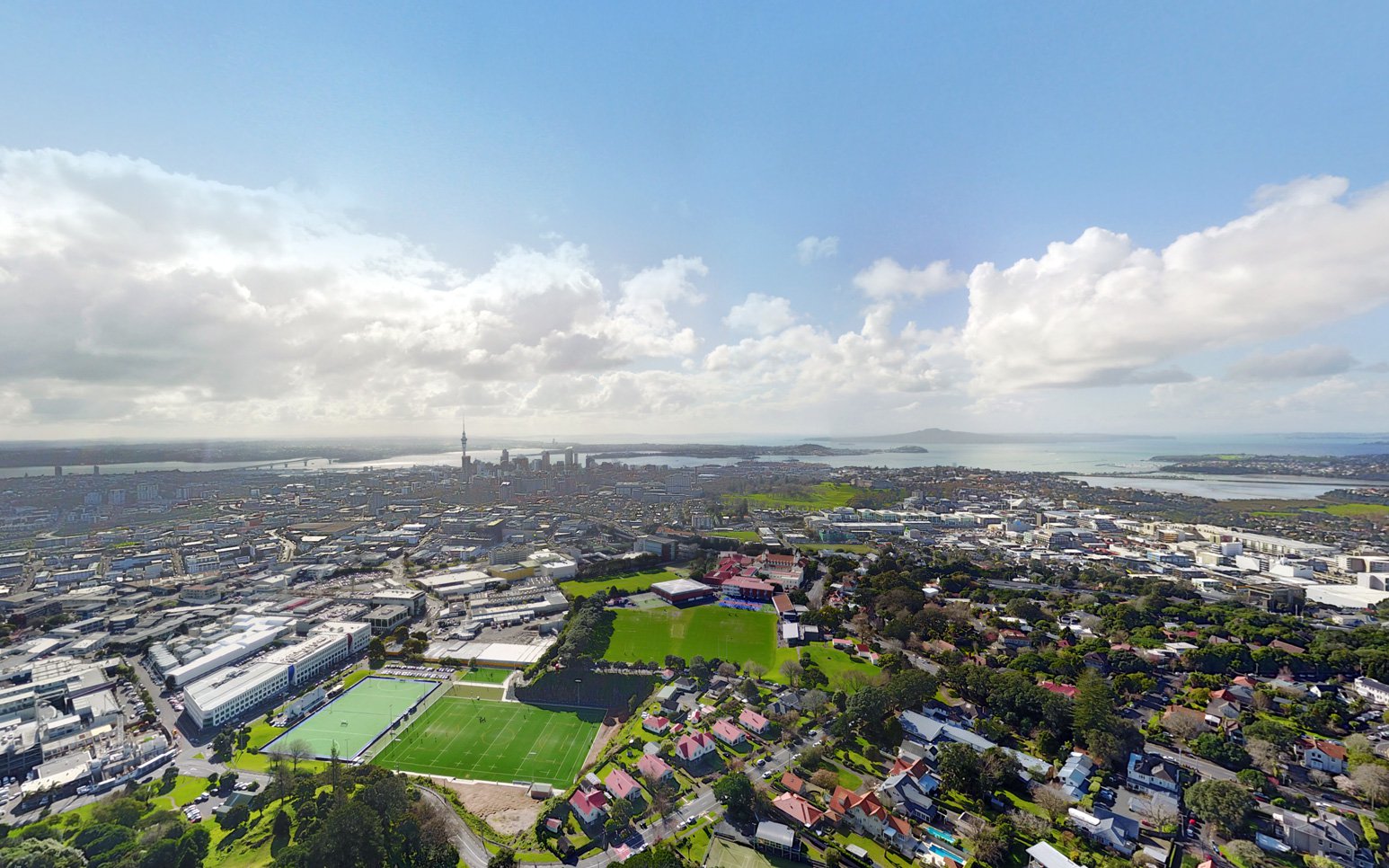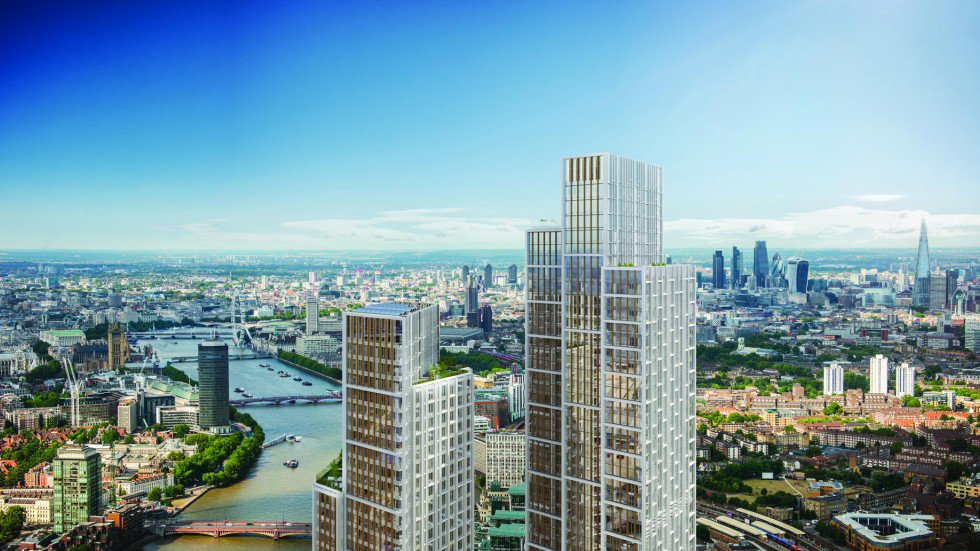
Forbes: What To Look For When Considering Investments In High-Potential Neighborhoods
Colin Bogar March 26, 2019 • Media Mentions
When asked for commentary from Forbes or other major media publications - we always try to think broadly and challenge real estate investors to think beyond the obvious. In this case, the question we were asked was, "How do you spot a high potential neighborhood?" The best way we could think about this question, and how our algorithms think about this question, is to give a high-level explanation of the difference between leading and lagging economic variables and how they are applied to real estate investing.
Lagging Variables are metrics and statistical measures that indicate results after the fact. They are very good for keeping score on how you've already done, but they are less useful in predicting how you are going to do in the future. For example, most government data like GDP, CPI (Inflation), and unemployment rates are lagging variables. They may have some predictive relevance on future performance; however, they are generally already priced into asset prices before they are released. In real estate, examples of lagging variables would include regional economic data, past pricing trends, and historical sales volumes. In these cases, the trend is your friend until it isn't.
Leading Variables are metrics that have statistical significance in influencing other metrics and are generally more reliable than lagging variable in predicting future investment performance. For example, economic variables like manufacturing and construction activity are leading variables for economic activity as they lead to increased output and usually higher future GDP. When it comes to property investing, the two most critical leading variables are forecast interest rate policy and population growth trends. The former is a macroeconomic statistic and not relevant to neighborhood investment potential while the latter is very relevant. Generally speaking, more people living in an area without an equal increase in real estate supply will cause prices and rents to rise and simultaneously attract more amenities and businesses further increasing the livability and attractiveness of an area. At Property Passbook we continue to invest heavily into our mapping data technologies to identify neighborhood demographic trends for our clients so that they can invest in these emerging neighborhoods before lagging metrics appear and the opportunity for capital appreciation is less attractive.
This is a gross oversimplification of how to make sound real estate investments, as even at Property Passbook we look at 1000's of other data points in our process - however if you could predict those two leading variables above with a high degree of accuracy, you would likely do above average in any future real estate investing that you undertake.
Please click here to review the original Forbes article.



































